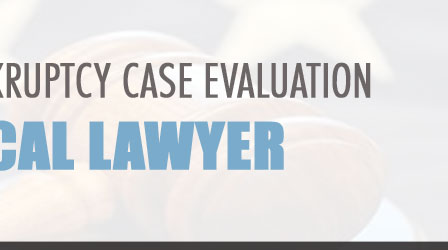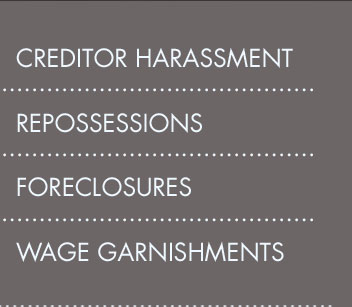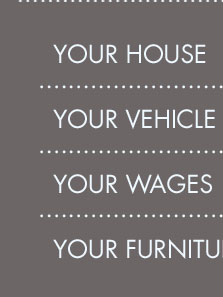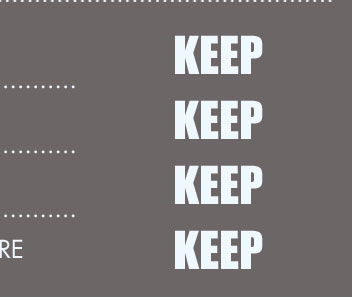 |
 |
 |
|---|
 |
 |
 |
|---|---|---|
 |
 |
 |
 |
 |
 |
|---|---|---|
 |
 |
 |
 |
Filing Bankruptcy in Texas: A Comprehensive Guide
Understanding Bankruptcy Options
Filing for bankruptcy in Texas involves choosing the right type of bankruptcy. The most common options are Chapter 7 and Chapter 13 bankruptcy.
Chapter 7 Bankruptcy
Chapter 7 is also known as 'liquidation bankruptcy.' It involves selling non-exempt assets to pay off creditors.
- Eligibility: Must pass a means test.
- Duration: Typically completed in three to six months.
Chapter 13 Bankruptcy
Chapter 13 allows you to keep your assets while reorganizing your debt into a manageable repayment plan.
- Eligibility: Regular income is required.
- Duration: Repayment plan lasts three to five years.
For those considering their options, consulting with bankruptcy lawyers in Iowa can provide valuable insights into alternative solutions.
The Bankruptcy Process in Texas
Pre-Filing Requirements
Before filing, you must complete a credit counseling course from an approved provider within 180 days prior to filing.
Filing the Petition
The process begins by filing a petition with the bankruptcy court, along with schedules of assets and liabilities.
- Prepare and file the bankruptcy forms.
- Submit a filing fee or request a waiver.
- Attend a meeting of creditors.
Impact of Bankruptcy on Your Financial Future
Filing for bankruptcy will impact your credit score, but it also provides a fresh start to rebuild financial stability.
- Debts discharged in bankruptcy are no longer your responsibility.
- Start rebuilding credit by responsibly managing new credit lines.
Discussing options with professionals like bankruptcy lawyers in Jackson TN can also guide you through rebuilding your financial future.
FAQs About Filing Bankruptcy in Texas
If you're filing for Chapter 7 bankruptcy in Texas, the fee is $335. If you're filing under the terms of Chapter 13, the filing fee is $310. These fees are the ...
The information on this page is provided for individuals filing bankruptcy without attorney representation (pro se).
The debtor is also required to file statements listing assets, income, liabilities, and the names and addresses of all creditors and how much they are owed. The ...
![]()